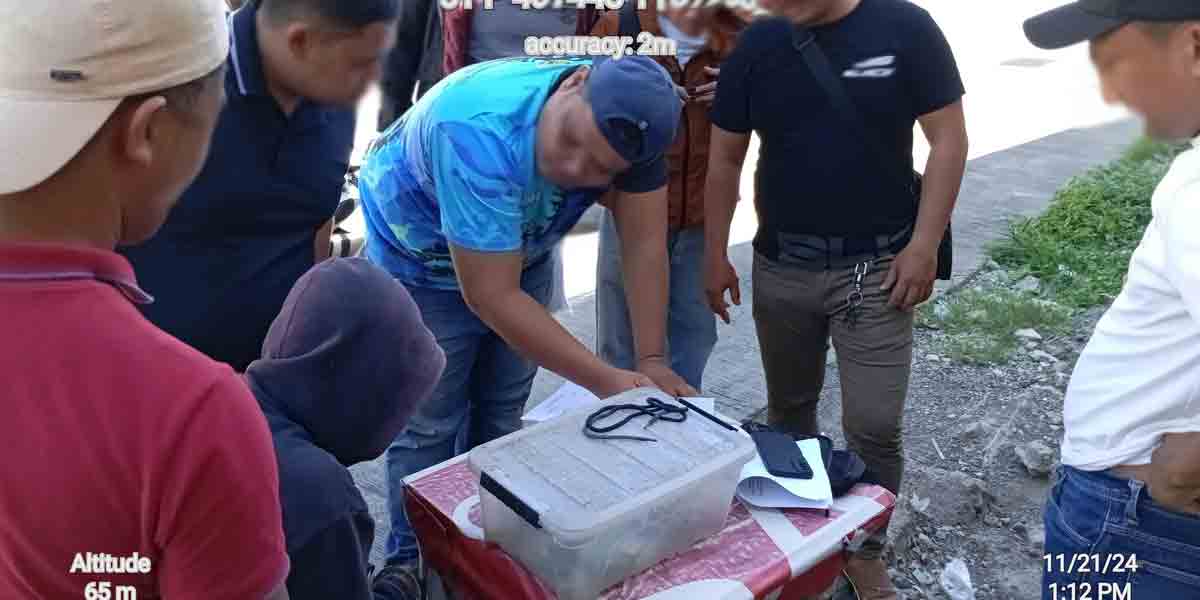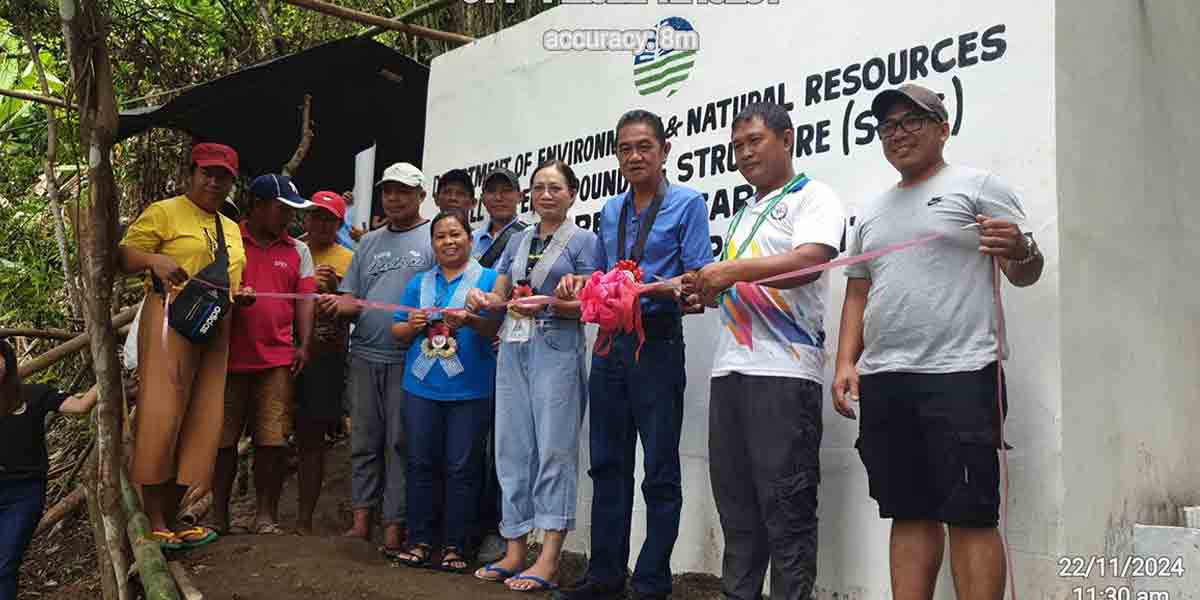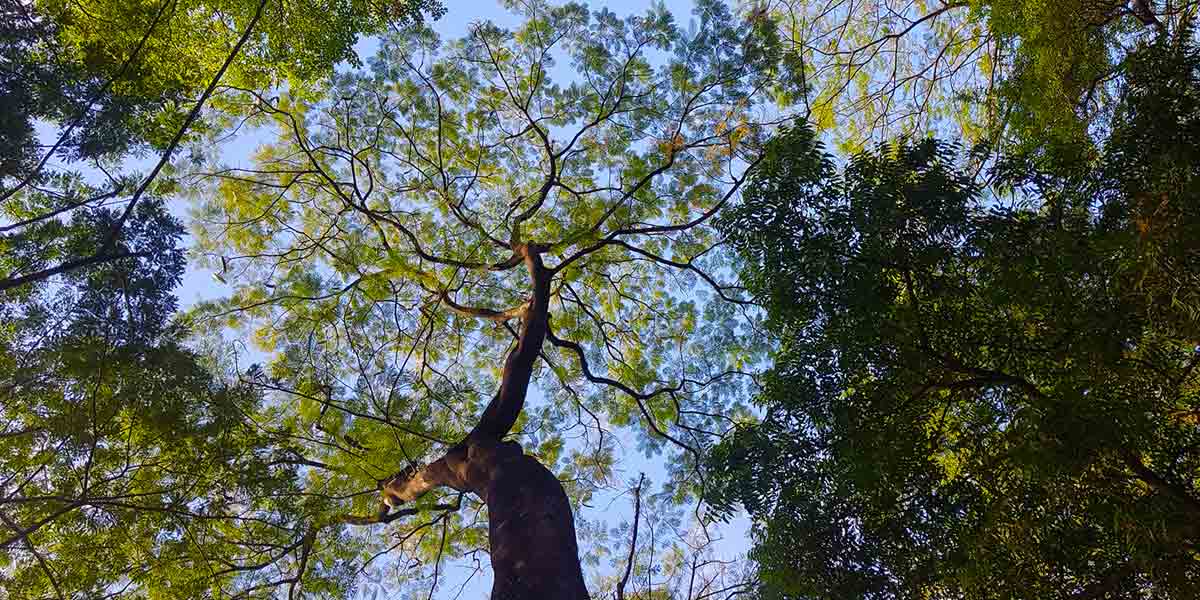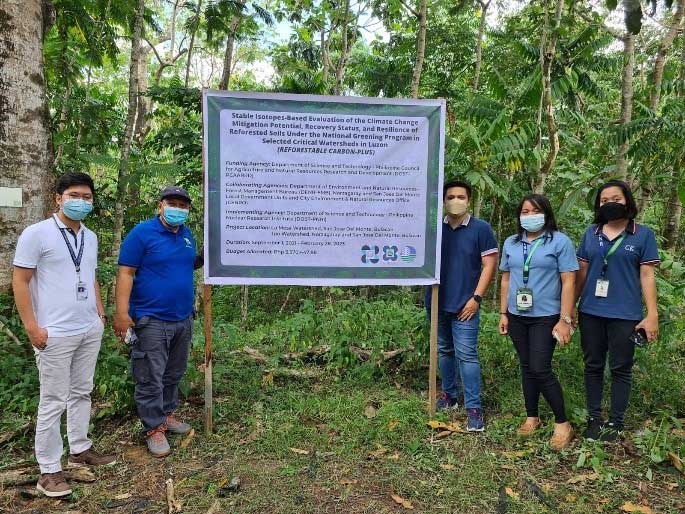
The Ipo and La Mesa watersheds are part of the Angat-Ipo-La Mesa water system, which supplies most of Metro Manila’s water needs. Since 2011, they have been considered critical watersheds and a site for the most extensive reforestation program, the National Greening Program (NGP).
The project, “Stable Isotopes-Based Evaluation of the Climate Change Mitigation Potential, Recovery Status, and Resilience of Reforested Soils Under the National Greening Program in Selected Critical Watersheds in Luzon (ReforeStable Carbon-Plus),” is spearheaded by Project Leader Gerald Dicen from the Philippine Nuclear Research Institute under the Department of Science and Technology (DOST-PNRI).
The research team evaluates the impact of NGP reforestation on climate change mitigation potential, recovery, and resilience of reforested soils using isotopes-based and related techniques. Currently, the team focuses on the reforested soils in relation to NGP’s climate change mitigation and environmental stability objectives.
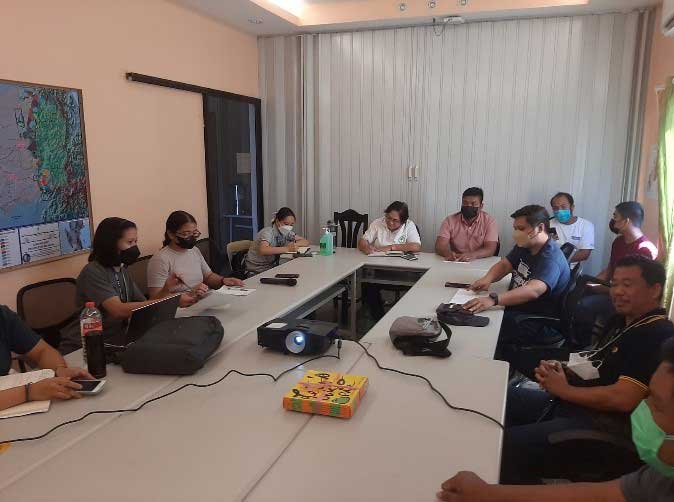
With support and funding from DOST-Philippine Council for Agriculture, Aquatic and Natural Resources Research and Development (DOST-PCAARRD), the project has sampled and analyzed the soil in La Mesa Ecopark. Vegetation carbon stock and other soil parameters (bulk density, pH, Phosphorus, and Potassium) were compared among the intact forest, NGP site, and grassland area.
Based on initial data in La Mesa Ecopark, NGP plantations could potentially recover about 30 percent of lost Above-Ground Biomass (AGB) carbon stock in 10 years.
Initial results showed the comparability of the NGP sites with that of intact forest in terms of vegetation carbon stock and other soil parameters as compared to the grassland area.
However, more sampling activities and laboratory analyses are also needed to be carried out to provide a more comprehensive evaluation of the progress of NGP reforested soils.
The DOST-PCAARRD monitoring and evaluation team led by PCAARRD ISP Manager for Climate Change Marcelino Siladan, together with John Benrich Zuniga, visited the actual sampling area in La Mesa Ecopark.
The project team members discussed their method of site selection, which starts from making use of remotely sensed data and actual NGP plantation polygons provided by the DENR.
They also discussed the sampling method and the commonly planted species in the sampled NGP site in La Mesa Ecopark including, Auri (Acacia auriculiformis), Kupang (Parkia timoriana), and Narra (Pterocarpus indicus).
The second sampling site in Ipo Watershed will be done in June or July of this year to facilitate gathering of more data to make the analysis more robust.
A preliminary meeting with PENRO-Bulacan, CENRO-Guiguinto, and DENR-FMB representatives was also done prior to the conduct of the actual sampling in Ipo Watershed. (Eirene Grace Arcayos, John Benrich Zuniga, DOST-PCAARRD S&T Media Services)

















